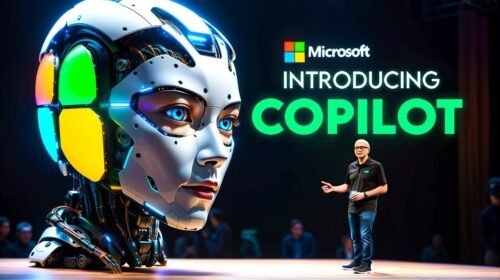Artificial Intelligence (AI) has come a long way since its inception, evolving from simple rule-based systems to the sophisticated deep learning models we know today. The journey of AI reflects a remarkable technological advancement that has revolutionized various industries and aspects of our daily lives.
In the early days of AI, researchers relied on predefined rules to build intelligent systems. These rule-based systems were limited in their capabilities, as they required extensive manual coding and lacked adaptability to handle complex tasks. Although they could perform specific tasks reasonably well, they struggled with generalization and failed to mimic human-like intelligence effectively.
The breakthrough came with the development of machine learning algorithms. Instead of relying solely on hard-coded rules, machine learning allowed AI systems to learn patterns and make decisions based on data. Initially, these algorithms were relatively simple, such as linear regression and decision trees. They provided a more flexible approach and improved performance on a wide range of tasks.
However, the real game-changer was the advent of deep learning. Deep learning models, particularly neural networks, demonstrated unparalleled performance in image recognition, natural language processing, and other complex tasks. These models leverage artificial neural networks with multiple layers, enabling them to automatically learn intricate patterns from vast amounts of data. The development of deep learning frameworks, like TensorFlow and PyTorch, further accelerated the progress of AI research and applications.
Today, deep learning is at the core of many AI breakthroughs, including AlphaGo’s victory over human champions in the complex game of Go and the creation of highly proficient chatbots. Moreover, deep learning has driven advancements in computer vision, enabling self-driving cars, and powering facial recognition systems.
As AI continues to evolve, researchers are exploring new frontiers, such as explainable AI and transfer learning, to address some of the challenges posed by black-box models and data limitations. Explainable AI aims to provide insights into the decision-making processes of AI systems, ensuring transparency and accountability. Transfer learning, on the other hand, enables AI models to leverage knowledge gained from one task and apply it to another, making learning more efficient and effective.
In conclusion, the evolution of AI from simple rule-based systems to powerful deep learning models showcases the remarkable progress in the field. With continuous research and development, AI will likely shape the future in ways we can only imagine, revolutionizing industries, improving human lives, and unraveling the mysteries of intelligence itself.





